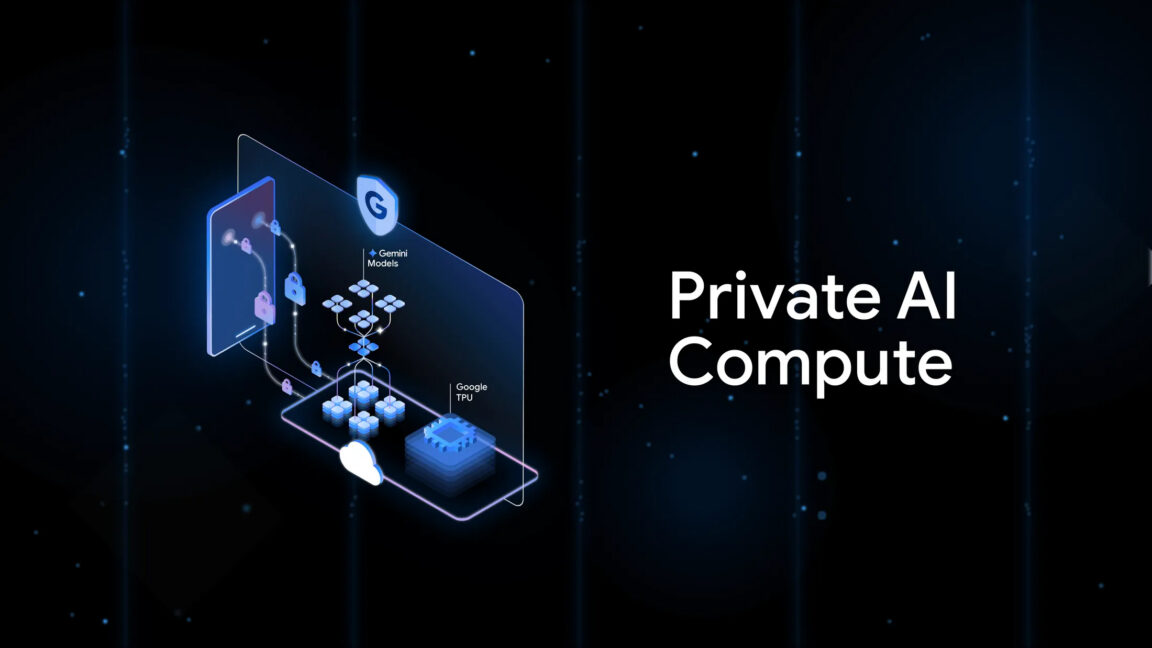Introduction to Counterintuitive
AI startup company Counterintuitive has set out to build “reasoning-native computing,” enabling machines to understand rather than simply mimic. Such a breakthrough has the potential to shift AI from pattern recognition to genuine comprehension, paving the way for systems that can think and make decisions – in other words, to be more “human-like.”
The Twin Trap Problem
Counterintuitive Chairman, Gerard Rego, spoke of what the company terms the ‘twin trap’ problem facing AI, stating the company’s first goal is to solve two key problems that limit current AI systems that prevent even the largest AI systems from being stable, efficient, and genuinely intelligent. The first trap highlights how today’s AI systems lack reliable, reproducible numerical foundations, having been built on outdated mathematical grounds. Examples include floating-point arithmetic that was designed decades ago for speed in tasks including gaming and graphics. Precision and consistency is therefore lacking.
Numerical Systems and Precision
In numerical systems, each mathematical operation introduces tiny rounding errors that can build up over time. Because of this, running the same AI model twice can provide different results, causing non-determinism. Inconsistency of this nature makes it harder to verify, reproduce, and/or audit AI decisions, particularly in fields like law, finance, and healthcare. If AI outputs can not be explained or proven clearly, they become ‘hallucinations’ – a term coined for their “lack of provability.” Modern AI has a fundamental struggle with precision that lacks truth, creating an invisible wall. The flaw has become a rigid limit, affecting overall performances, increasing costs, and wasting energy on noise corrections.
Architecture and Memory
The second trap is found in architecture. Current AI models have no memory. Instead, they predict the next frame or token with no reasoning that helped them achieve the prediction. It’s like predictive text, just on steroids, the company says. Once modern models output something, they don’t retain why they made such a decision and are unable to revisit or build on their own reasoning. It may appear that AI has reason, but it’s only mimicking reasoning, not truly understanding how conclusions are reached.
Building a World-Class Team
“Counterintuitive is building a world-class team of mathematicians, computer scientists, physicists and engineers who are veterans of leading global research labs and technology companies, and who understand the Twin Trap fundamental and solve it,” Rego said. Rego’s team has more than 80 patents pending, spanning deterministic reasoning hardware, causal memory systems, and software frameworks that it believes has the potential to “define the next generation of computing based on reasoning – not mimicry.”
Reasoning-Native Computing Research
Counterintuitive’s reasoning-native computing research aims to produce the first reasoning chip and software reasoning stack that pushes AI beyond its current limits. The company’s artificial reasoning unit (ARU) is a new type of compute, rather than a processor, that focuses on memory-driven reasoning and executes causal logic in silicon, unlike GPUs. “Our ARU stack is more than a new chip category being developed – it’s a clean break from probabilistic computing,” said Counterintuitive co-founder, Syam Appala.
Redefining Intelligence
“The ARU will usher in the next age of computing, redefining intelligence from imitation to understanding and powering the applications that impact the most important sectors of the economy without the need for massive hardware, data centre and energy budgets.” By integrating memory-driven causal logic into both hardware and software, Counterintuitive aims to develop systems that are more reliable and auditable. It marks a shift from traditional speed-focused, probabilistic AI black-box models towards more transparent and accountable reasoning.
Conclusion
Counterintuitive is working towards a breakthrough in AI technology by addressing the twin trap problem and developing reasoning-native computing. This innovation has the potential to revolutionize the field of artificial intelligence, enabling machines to truly understand and make decisions like humans. With a world-class team and over 80 patents pending, Counterintuitive is poised to define the next generation of computing.
FAQs
Q: What is Counterintuitive’s goal in AI development?
A: Counterintuitive aims to build “reasoning-native computing,” enabling machines to understand rather than simply mimic.
Q: What is the twin trap problem in AI?
A: The twin trap problem refers to the two key limitations of current AI systems: lack of reliable numerical foundations and lack of memory in architecture.
Q: How does Counterintuitive plan to address the twin trap problem?
A: Counterintuitive is building a world-class team and developing deterministic reasoning hardware, causal memory systems, and software frameworks to solve the twin trap problem.
Q: What is the potential impact of Counterintuitive’s innovation?
A: The innovation has the potential to shift AI from pattern recognition to genuine comprehension, paving the way for systems that can think and make decisions like humans.











